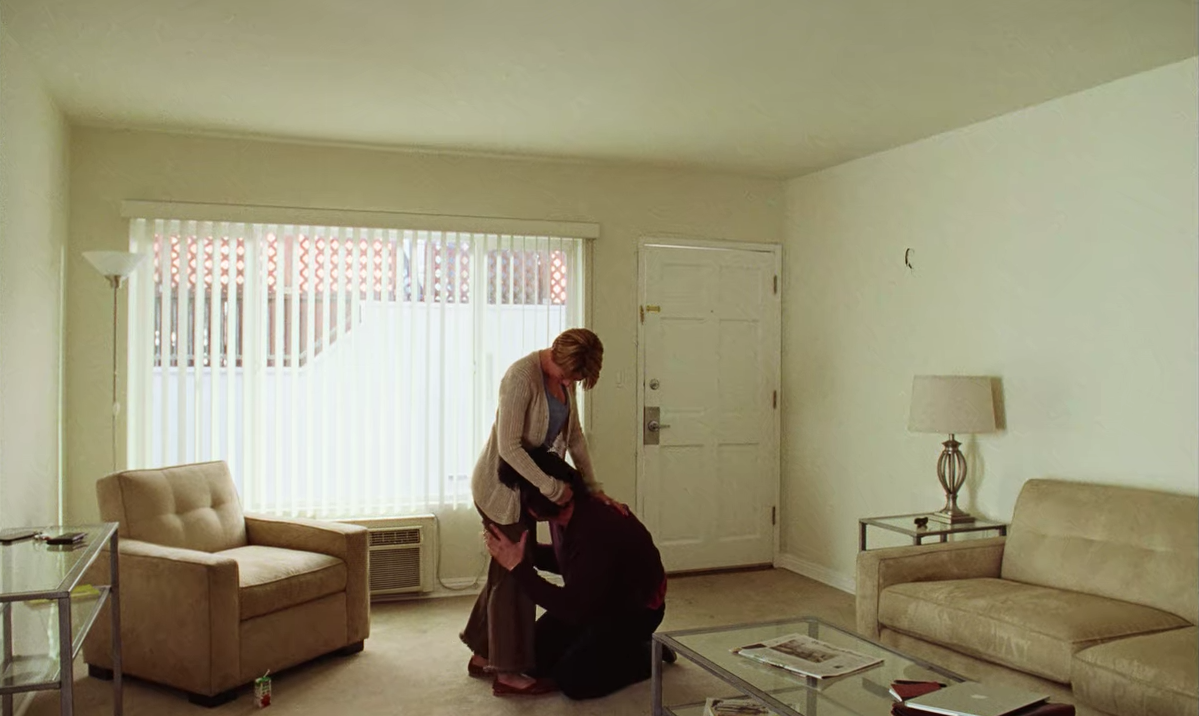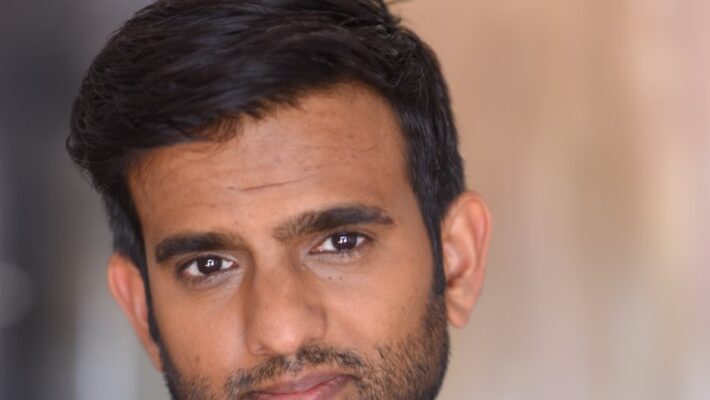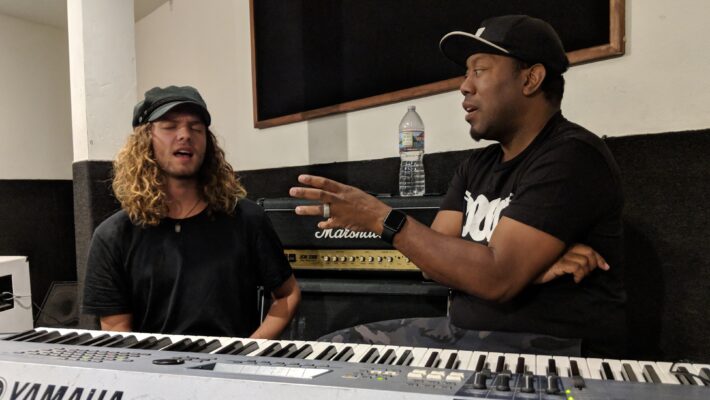Noah Baumbach’s Marriage Story is a throwback. You can see it right off the bat, from the vaguely 70s photography to Randy Newman’s musical score to the poster art, even to the title itself—a reference to Bergman’s Scenes From a Marriage and Ozu’s Tokyo Story. Like those two films, Marriage Story frames family relationships with an unadorned, warts-and-all intimacy that makes it simple on the surface and complex in the feels. The dialogue, especially among the characters who are New Yorker theater types, is peppered with references to Baumbach’s predecessors like Elia Kazan and Mike Nichols. I don’t remember if they name drop Cassavetes, the pioneer of American cinema verite, but in the scene where the divorce papers are served, which is both heart wrenching and comic relief, Merritt Wever wears a tunic that recalls Gena Rowlins in A Woman Under the Influence.
Baumbach pays his dues by signaling his reverence for those filmmakers who have told similar stories before him. But referencing greatness does not itself make a film great. In a plain-faced human drama such as this, the actors carry that burden.
It’s a welcome surprise to see Scarlett Johansson set aside her blockbuster-selling smolder and get into a character who lacks confidence. She rambles unselfconsciously and fidgets with the hems of her sweater, endowing her character with humanity. The way the film is shot, with intimate close ups and long, unflinching takes, requires her to deliver emotionally nuanced dialogue without cutting away. It’s a challenging job, more like stage acting than most cinema. And Johansson’s performance delivers through a careful balancing act. She’s utterly tender and believable in her character’s lostness and resolve alike, her emerging confidence and her lingering lack of sense of self, her restrained potential for cruelty and her prevailing compassion.
Similarly, Adam Driver comes down from the black-and-white morality of Sith and Jedi to find a character that’s neither good nor bad, both relatable and at fault. He walks the line between clueless denial and scrambling damage control, evoking more empathy for his self absorbed character than the audience might initially want to volunteer. His performance becomes alarmingly human when the reality of his divorce hits him and, abandoning pretenses of coolness or control, he takes the mic at a bar to hesitantly deliver a song about how much better it is to have someone fucking up your life than it is to be alone. He pleads with that someone to come back into his life, without overdoing the emotion. You know it’s not going to happen, because he’s facing reality much too late. It hits you in the gut, in the breath, in the heart.
Baumbach assembled a fantastic cast to support his leads, and their triumphs should not go unsung. The magnificent Laura Dern as anti-slut-shaming womanist lawyer Nora deserves a movie of her own—or a Netflix series. Alan Alda delights and frustrates as the loveable, fuddy duddy lawyer who can’t get the job done, but delivers a warm humanity where it’s needed. As his foil, Ray Liotta makes an abrasive war lawyer character funny exactly for his barking inhumanity. Wallace Shawn, a personal favorite who is also a real life playwrite, lights up his scenes, as always. Azhy Robertson is believable and unpredictable as the seven year old son, avoiding convention or saccharine tugs at the heartstrings. And Julie Hagerty plays her Grandmother character as both the annoying, sing-songy, boundary-deficient relative and a pillar of family stability at the same time. These are complex characters even in the brevity of their screen time.
In fact, Baumbach writes even the briefest characters into complexity. When first meeting his ex-wife’s new boyfriend, Driver has a moment of shock, acceptance, gathering himself, and doing the adult thing of greeting him cordially. It’s a matter of seconds, as Driver realizes another man is bonding with his loved ones. The next and final time we see them together, the new boyfriend is bidding farewell, saying “I’ll email you that article.” They shake hands and Driver says “Yes, please do.” You already know the whole congenial male-bonding conversation they’ve had between scenes, nerding out over some article about something they have in common while the kids trick or treat. It’s a whole sub-story in two lines. Writing like this packs so much into so little, and makes Marriage Story powerful.
So it is that Marriage Story is already garnishing accolades. This is the kind of story we’re used to giving awards to. That’s why there’s a legacy of so many towering pieces of cinema engendering it. But this story has been told before, again and again. Two straight, white, cis people navigate relationship complexities. No matter how precise and emotional Baumbach’s contribution is to this storytelling lineage, it remains a lineage that centralizes and glorifies white, cishet relationships. Do we need more of this?
Why don’t we get to see Black, Hispanic, and genderqueer families with this level of complexity and pathos? How annoying is it that in order to get a story this good we have to sit through the company of smug, successful New York creatives? Do you actually know any people like that? They exist in Noah Baumbach’s world because he’s one of them. When the very privileged are the ones telling the stories, we get stories about the very privileged.
Marriage Story is an excellent movie. It has so many funny and lucid moments I could fill pages recounting them, and the story overall is cohesive and strong. But as strong as it is, it’s a bullseye on yesterday’s target. By following in the footsteps of its 1970s predecessors, its strength becomes its weakness. If we want to see movies about white people shouting at each other, about straight marriages falling apart, about the struggles of the urban gentry, we have decades of cinema history—and all of the Eurocentric literary tradition—to draw upon. In a time when the public is crying out for the untold stories of overlooked people to be told, Marriage Story does an excellent job of telling again a story that’s been told over and over already.
Despite the magnificent cast, intelligent writing, and very fine technical execution, in a greater social context Marriage Story is much like Adam Driver’s character. It shows up with too little, too late. And we’ve already moved on. That doesn’t mean it doesn’t deserve accolades for its accomplishments, and it doesn’t mean we can’t enjoy it. It just further highlights the absence of something we need: representation that reflects the diversity of our world. That would be real cinema verite. Because it’s not the 1970s anymore.
Adam DriverCinema VeriteMarriage StoryNoah BaumbachRepresentationScarlett Johansson




